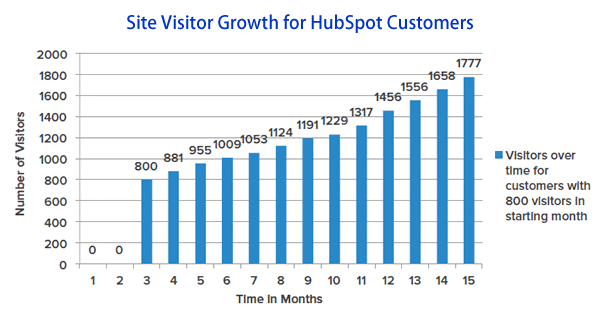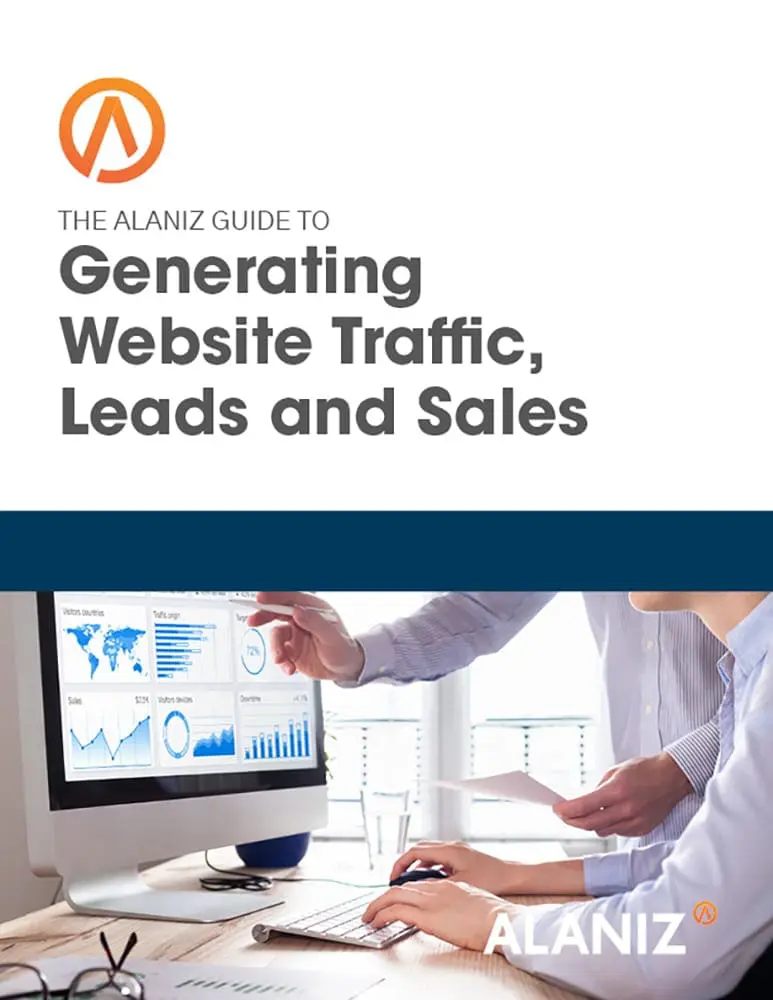 We often speak with marketers who ask how many visitors and leads their site should be getting. The answer depends on several variables including size of company, industry, and the type of product or service you sell.
We often speak with marketers who ask how many visitors and leads their site should be getting. The answer depends on several variables including size of company, industry, and the type of product or service you sell.
Your website is the hub of all marketing efforts. All of your email, social media, and back-end SEO magic will ultimately point your audience to a page on your website to convert. As a consequence, your website conversion rate – how effectively your website does what you want it to do – is a major factor in determining your digital marketing success.
You may have exceptional content and a killer strategy, but if your website is confusing, you will never achieve your inbound marketing goals.
There are myriad factors that contribute to website conversion rates. In fact, many website conversion experts shy away from quoting industry averages because they vary so significantly by business, target customer base, the type of page you measure, and even how you define a website “conversion.” As a result, comparing website conversion rates is a little like comparing running times between people in the 100-meter dash and the mile.
How many visitors and leads should we be getting?
We also know, however, that marketers – and especially executives – like benchmarks, so we turned to HubSpot to get average conversion rates. “Conversion rate” as used here is a measure of a company’s ability to convert overall visitors into leads using their website.

Websites for small businesses experience slightly below average conversion rates, with just an 8% rate. Similarly, large enterprise companies report somewhat suboptimal results, at 9.9% average conversions.
While both these groups see below average site conversions, the reasons behind these dips are very different. For small companies, a lack of resources for improving and testing their website likely reduces overall results. At the opposite end of the spectrum, large companies – with a variety of business units – often suffer from confusion over both the ultimate business objective for the website and competition for real estate on company homepages. This confusion can translate to an unclear website, which does not convert well.
Overall, the boost to website conversion rates is great news for inbound marketers, especially when you look at HubSpot’s customer data, which indicates that companies implementing inbound marketing managed to double their average website traffic in less than a year and a half.
 If companies that grew their average traffic from 800 customers to 1,700 also doubled their conversion rates, they would see an exponential increase in their online marketing performance.
If companies that grew their average traffic from 800 customers to 1,700 also doubled their conversion rates, they would see an exponential increase in their online marketing performance.
Take the temperature and vital signs of your inbound marketing!
If you’re not seeing the ROI you expected from inbound marketing, dig into your analytics to find out why. Doing some simple diagnosis can reveal huge opportunities — paving the way for small changes that yield big improvements in all areas of your marketing funnel.
It’s time to put your analytics hat on. Great marketers not only know their numbers cold, they understand all of the intimate details and moving parts that drive those numbers. Do an in-depth analysis of your analytics. Evaluate your results in each of the analytics tools as you look for opportunities to improve. For the time-strapped marketer, this will inform you of where you need to focus your time and energy.
Set goals and priorities
Next, use your data to set priorities and goals using a campaign approach. Identify which area of your funnel needs the most attention. This will help you prioritize the actionable steps of your campaign. Should you focus on a campaign to increase visits, leads, or customers? Which campaign makes the most sense for you to run right now? What is your campaign goal? What is the deadline for accomplishing your goal? What steps will you take to accomplish your goal? What other company assets (time, people, materials, digital files) do you need to accomplish your goal? How can you build some testing into this campaign to ensure its overall success?
Inbound marketing really DOES deliver a strong ROI. Use your analytics to determine what’s working and what needs some improvement. Design a campaign, and set your goals. Then follow your campaign plan and track the results in your analytics. Make adjustments as needed along the way, based on the data from your analytics. You can build the success you expect with inbound marketing!
Want a professional review of your HubSpot analytics? We’d be happy to provide that as a free service to any HubSpot customer. Just contact us, and one of our team members will be happy to help you.
Photo courtesy of Joe Goldberg via flickr.![]()




